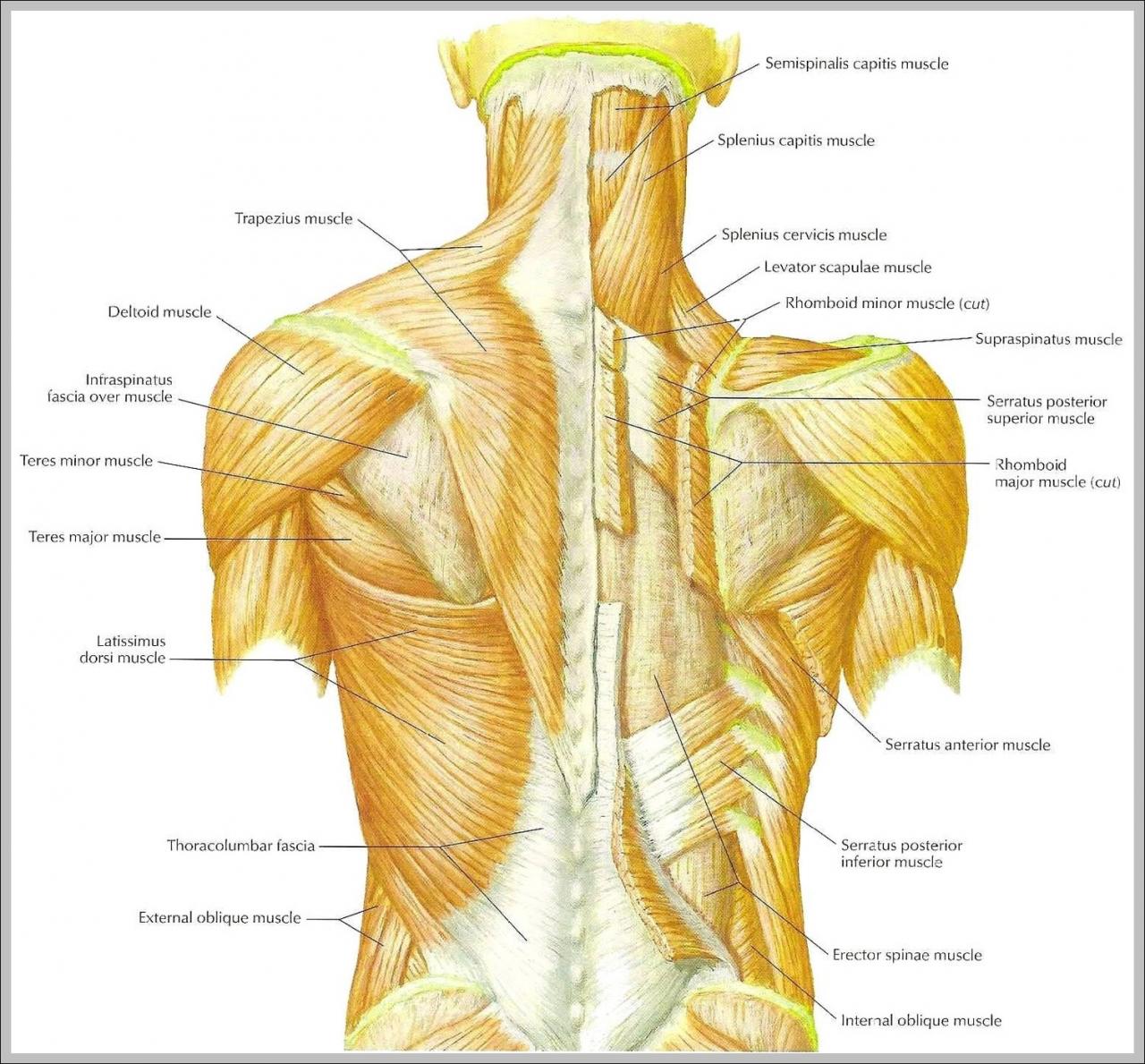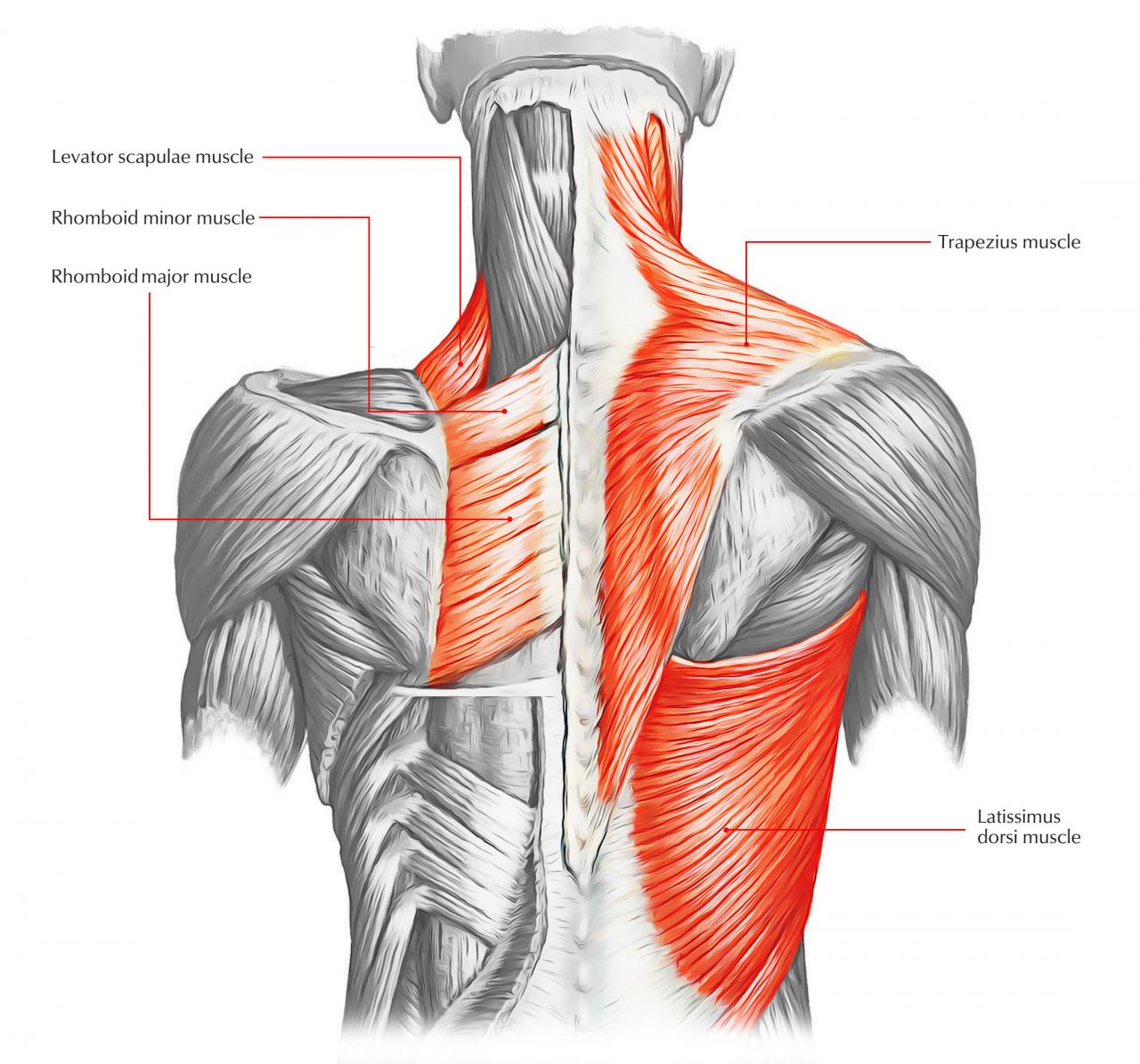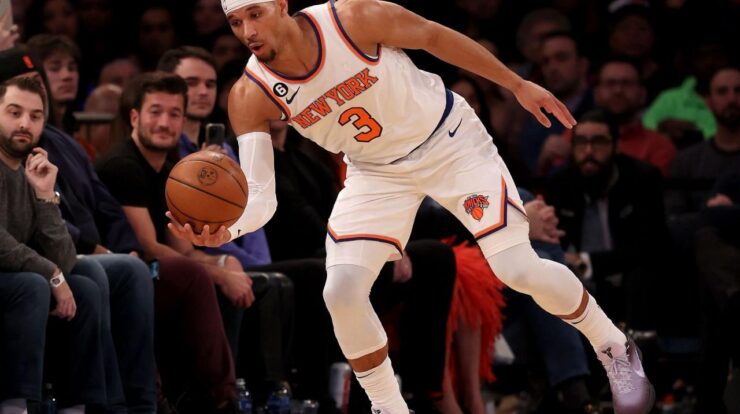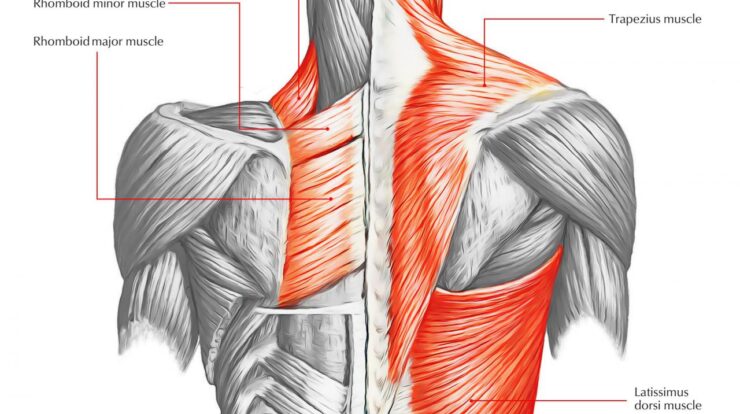
Back muscles, the unsung heroes of our physicality, play a pivotal role in our posture, movement, and overall well-being. This comprehensive guide delves into the anatomy, exercises, nutrition, and training programs essential for developing strong and healthy back muscles.
Pregnant women may not yet be mothers in the traditional sense, but they are carrying the future within them. On Mother’s Day , it is a thoughtful gesture to acknowledge their journey and the special role they will soon embrace.
From understanding the different muscle groups that make up the back to mastering exercises that effectively target them, this guide provides a roadmap for achieving your back muscle goals.
Snoopy, the beloved beagle from the Peanuts comic strip, is a lovable and relatable character. On Mother’s Day , he offers a heartwarming message of love and appreciation for all the special women in our lives.
Anatomy of Back Muscles
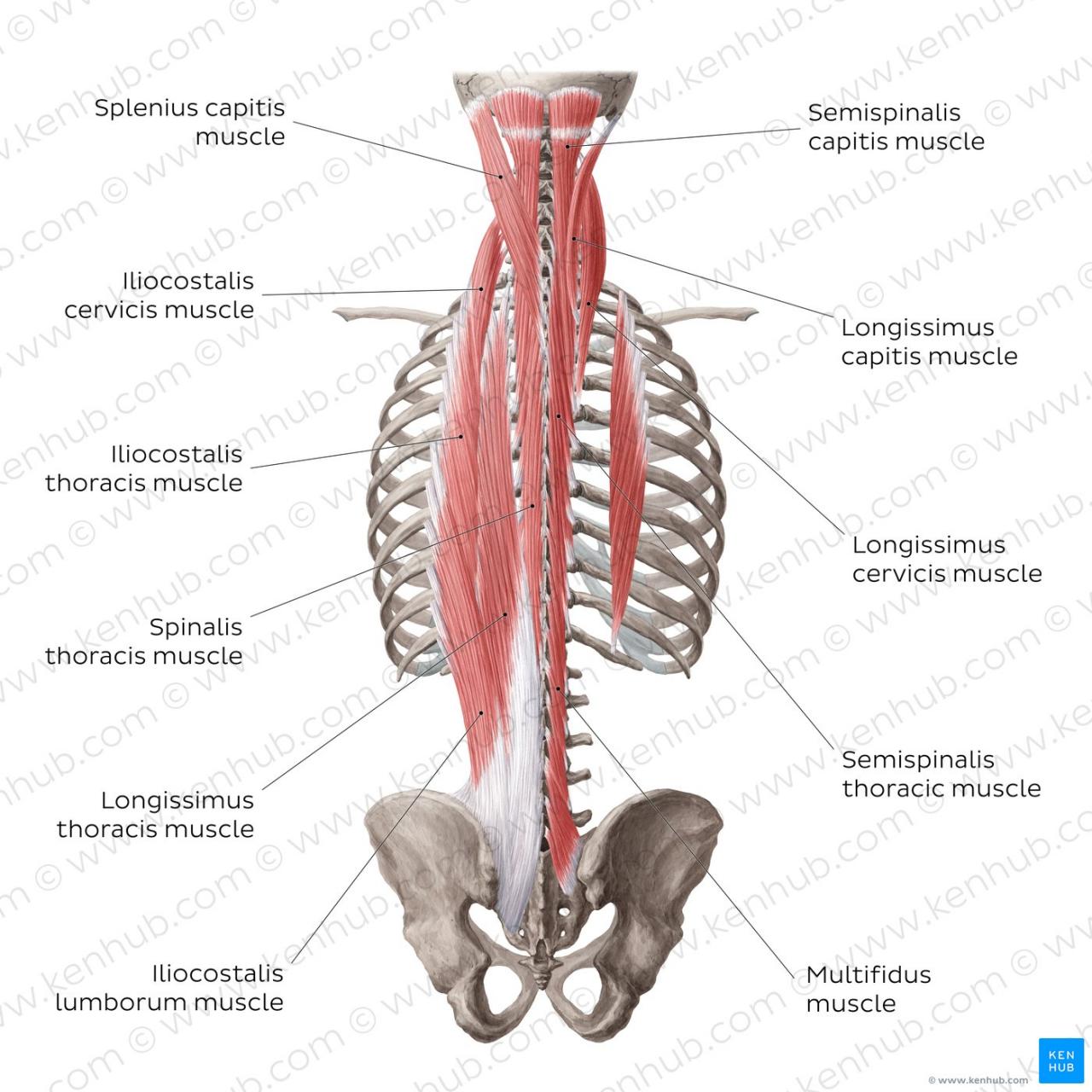
The back muscles, also known as the dorsal muscles, play a crucial role in supporting the spine, facilitating movement, and maintaining posture. Understanding their anatomy is essential for effective training and injury prevention.
The back muscles are broadly classified into two main groups: the superficial muscles and the deep muscles.
Superficial Back Muscles
- Trapezius: Responsible for raising and lowering the shoulder blades, as well as rotating the head.
- Latissimus dorsi: The largest back muscle, it assists in adduction, extension, and internal rotation of the arm.
- Rhomboids: Help retract and elevate the shoulder blades.
- Levator scapulae: Elevates the shoulder blade.
Deep Back Muscles
- Erector spinae: A complex group of muscles that run along the spine, responsible for extending and rotating the back.
- Multifidus: Small muscles that stabilize the spine and prevent excessive movement.
- Transversus abdominis: A deep abdominal muscle that provides stability to the lower back.
- Obliques: Help rotate and bend the torso.
End of Discussion: Back Muscles
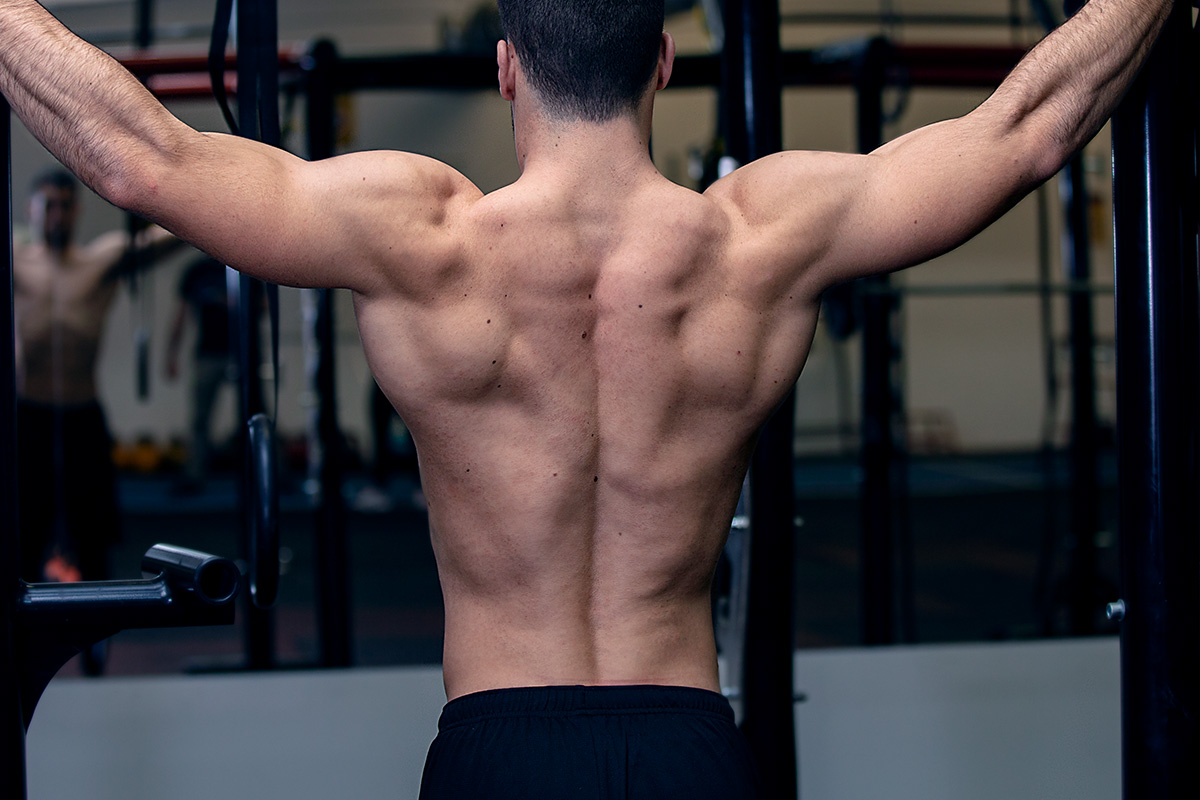
Whether you’re a fitness enthusiast or simply seeking to improve your posture, this guide empowers you with the knowledge and tools to build a strong and resilient back. By incorporating the principles Artikeld in this guide, you can unlock the full potential of your back muscles and enhance your overall health and fitness.
Question Bank
What are the most important exercises for back muscles?
For those who have lost their mothers, Mother’s Day can be a bittersweet occasion. While it’s a time to remember and cherish the memories we shared, it can also be a reminder of the void they left behind. On this special day, we honor their memory and celebrate the love they gave us.
Compound exercises like deadlifts, rows, and pull-ups are highly effective for targeting multiple back muscle groups simultaneously.
How often should I train my back muscles?
For optimal results, aim to train your back muscles twice a week, allowing for adequate rest and recovery between workouts.
What are the common injuries associated with back muscle training?
Sisters share a unique bond, and on Mother’s Day , it’s a perfect opportunity to celebrate the special role they play in our lives. Whether they’re our confidants, mentors, or simply our favorite people to spend time with, our sisters deserve all the love and gratitude we can give them.
Strains, sprains, and herniated discs are some of the common injuries that can occur during back muscle training. Proper form and technique are crucial for injury prevention.
If you’re experiencing lower back pain, consider trying some simple exercises to relieve the discomfort. Gentle stretches and strengthening exercises can help improve flexibility and support, reducing pain and improving overall well-being.
